A Doctor Created a New Term to Describe the Pain Syrian Children Are Experiencing
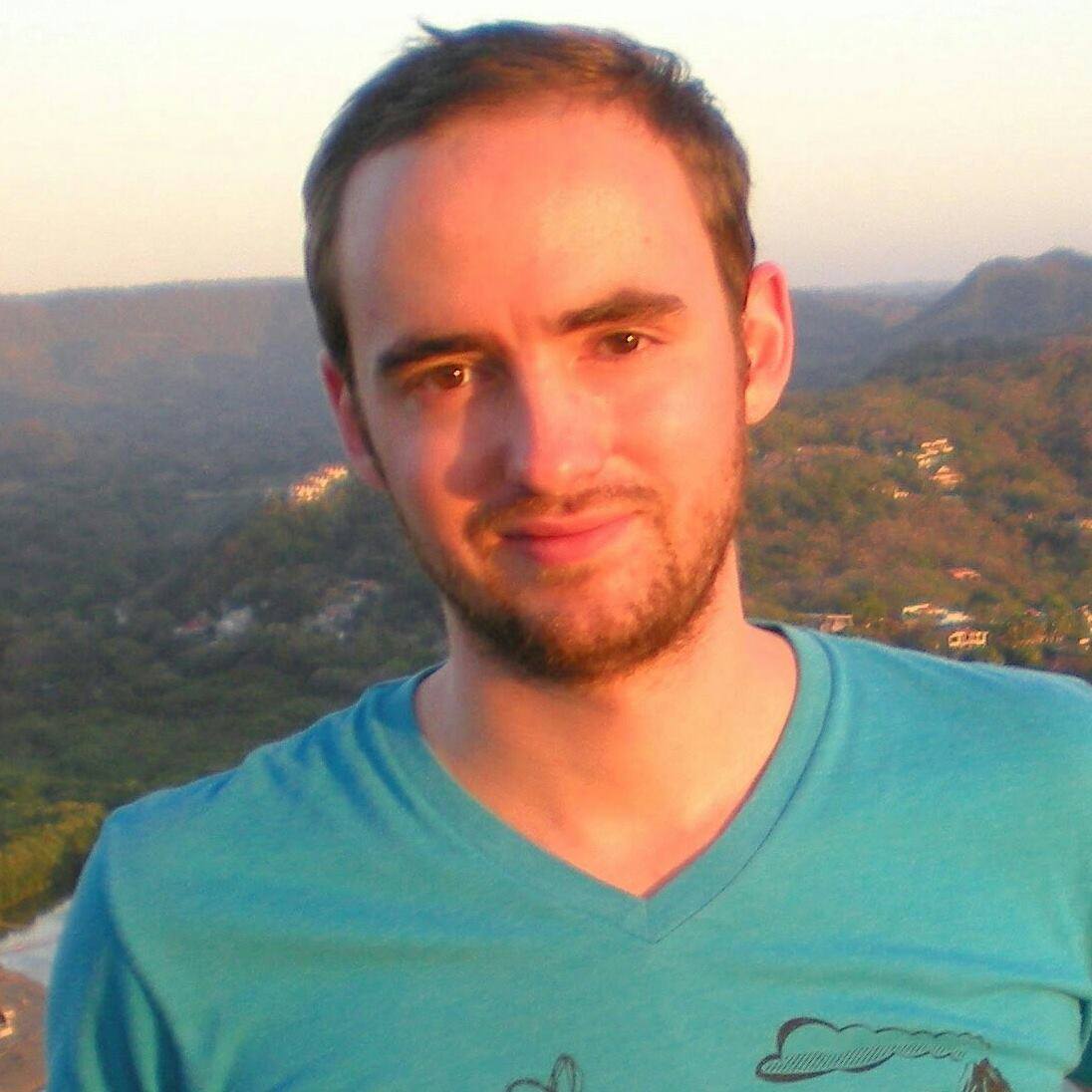
By:
It feels insufficient to say that children from Syria are suffering from “PTSD.” The oft-orphaned survivors of a horrible ongoing humanitarian crisis are, likely, experiencing post-traumatic stress, but these children of war have experienced more trauma — physical and emotional — than the medical professionals who care for them have ever seen: the shredded remains of their mom or dad, blown apart by a regime barrel bomb, a Russian cruise missile, or, increasingly, U.S. airstrikes.
“Human devastation syndrome” is Dr. M.K. Hamza's term for the orphaned end-result.
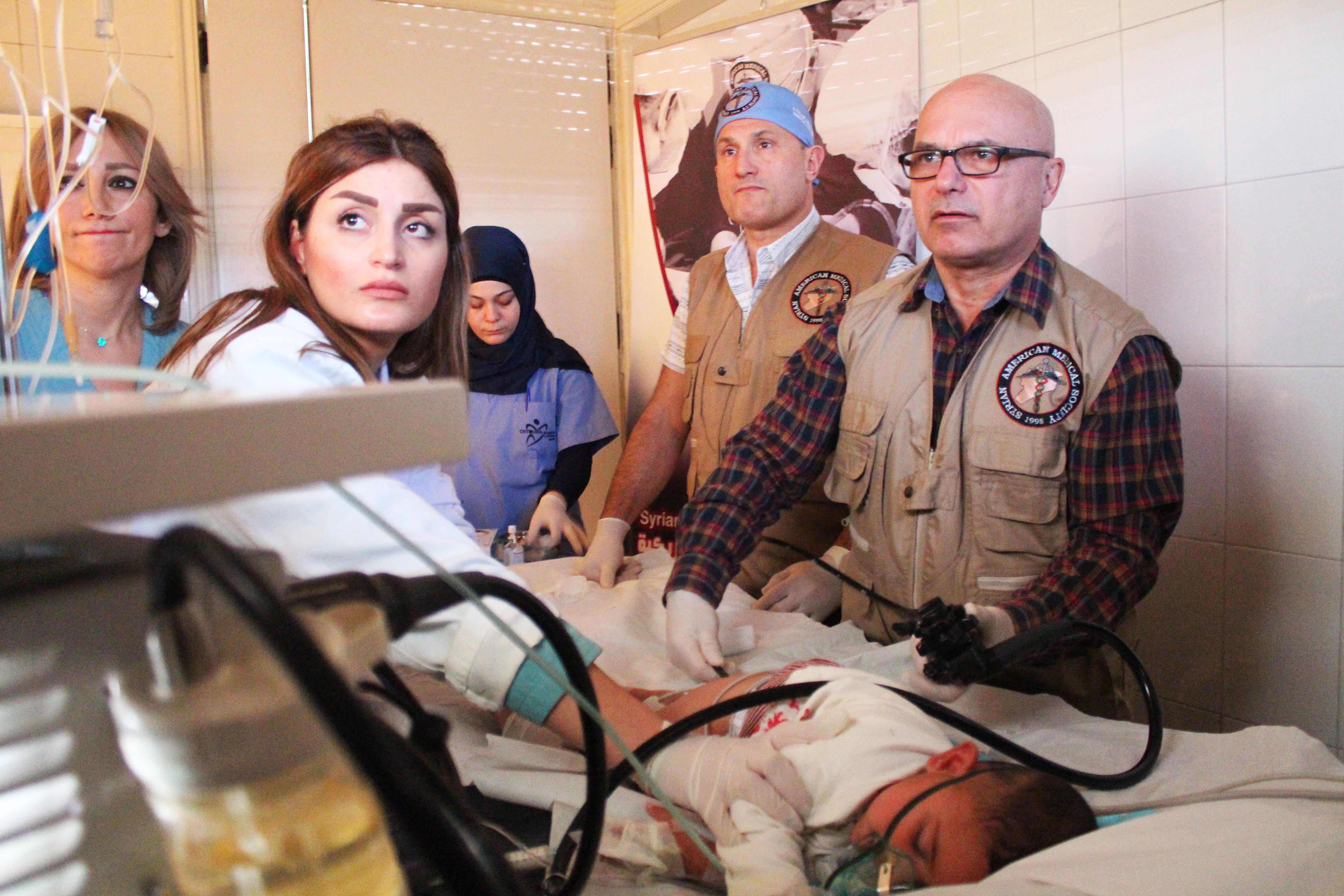 Syrian-American Medical Society - sams-usa.net
Syrian-American Medical Society - sams-usa.net
“We have talked to so many children, and their devastation is above and beyond what even soldiers are able to see in the war,” Hamza, a neuropsychologist with the Syrian American Medical Society, told ATTN:. “They have seen dismantled human beings that used to be their parents, or their siblings. You get out of a family of five or six or 10 or whatever — you get one survivor, two survivors sometimes. A lot of them have physical impairments. Amputations. Severe injuries. And they’ve made it to the refugee camp somehow.”
Hamza chairs the mental health committee of SAMS, whose 1,000 Syrian-American members have volunteered to provide medical aid wherever survivors of the worst war the 21st century has yet seen can be found.
“You have children who are devastated,” he said, “and this is not the end of it.”
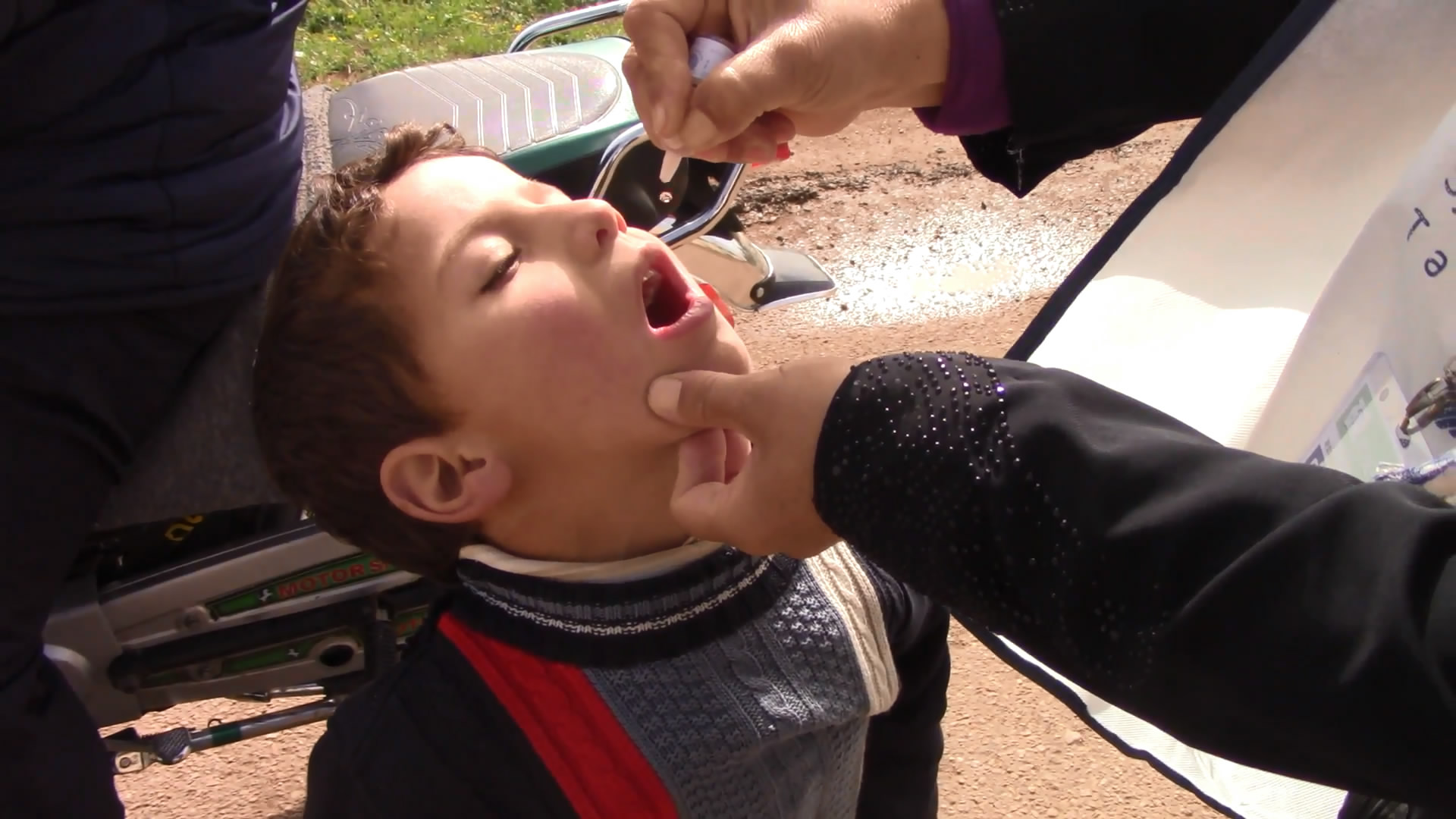 Syrian-American Medical Society - sams-usa.net
Syrian-American Medical Society - sams-usa.net
The emotional and material problems facing Syrian civilians are compounded every day by the crushing poverty and exploitation that Syrians experience at refugee camps — where 1 in 5 of the half-million inhabitants are under the age of 11 — and on the streets of Lebanon, Turkey, and Jordan, which host the majority of the more than 4.9 million people who have fled Syria since 2011, when mass protests for democracy were met with bullets by the regime of Bashar al-Assad. Another 6.3 million people are internally displaced, according to the United Nations Refugee Agency, and another half a million have been killed.
“Even the word ‘poor’ is not justifiable here because it’s a less than human condition,” Hamza said, speaking from the sidelines of SAMS’ Feb. 18 conference in Huntington Beach, California.
Iyad Alkhouri, a psychiatrist who volunteers with SAMS, testified to that.
“I have patients who tell me they were touched inappropriately by their doctors,” Alkhouri said in an address to the conference. “The doctors, because [the patients] were Syrian, assumed they were ‘whores.’”
“There are girls on the streets of Beirut selling themselves — 8, 9 years old,” he said. “And then you tell their parents: Why don’t you send them to school so they can improve themselves? And they say, ‘They make $50 a day. Can you give me $50 a day?’”
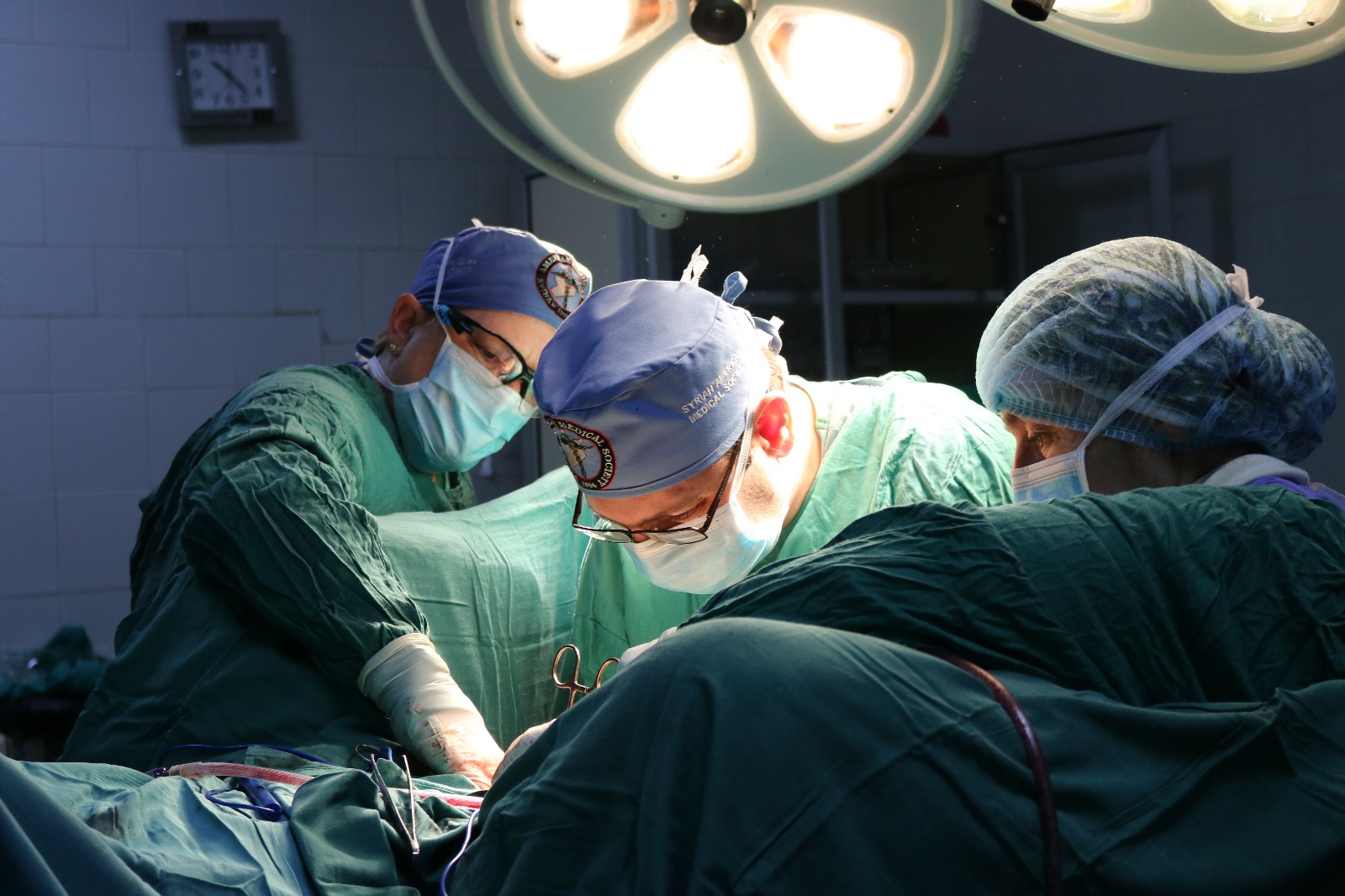 Syrian-American Medical Society - sams-usa.net
Syrian-American Medical Society - sams-usa.net
“Whatever we’re doing is just a Band-Aid,” Anas Moughrabieh, an intensive-care physician with SAMS, told ATTN:.
He’s helped care for Syrian patients evacuated to the Turkish border town of Antakya, where he’s also trained medical workers returning to treat the victims of bombings and shellings in Syria itself. “We try to fill the gaps,” he said, “but all the relief organizations — we’re just putting a Band-Aid on the wound. We’re not addressing the root cause of the problem.”
The root cause of the problem, as he sees it, is a “tyranny” that, “faced with peaceful people who were demonstrating for democracy in the beginning — it faced them with arms and airstrikes.” Nearly every hospital or clinic SAMS supports in Syria has been attacked, and nine out of 10 times it’s by airstrikes, he said, meaning those strikes were carried out by the regime or its Russian ally (the armed opposition does not have an air force).
Over 90 percent of the civilians killed in Syria since March 2011 have been killed by the regime and its allies, according to the Syrian Network for Human Rights, an independent monitoring organization.
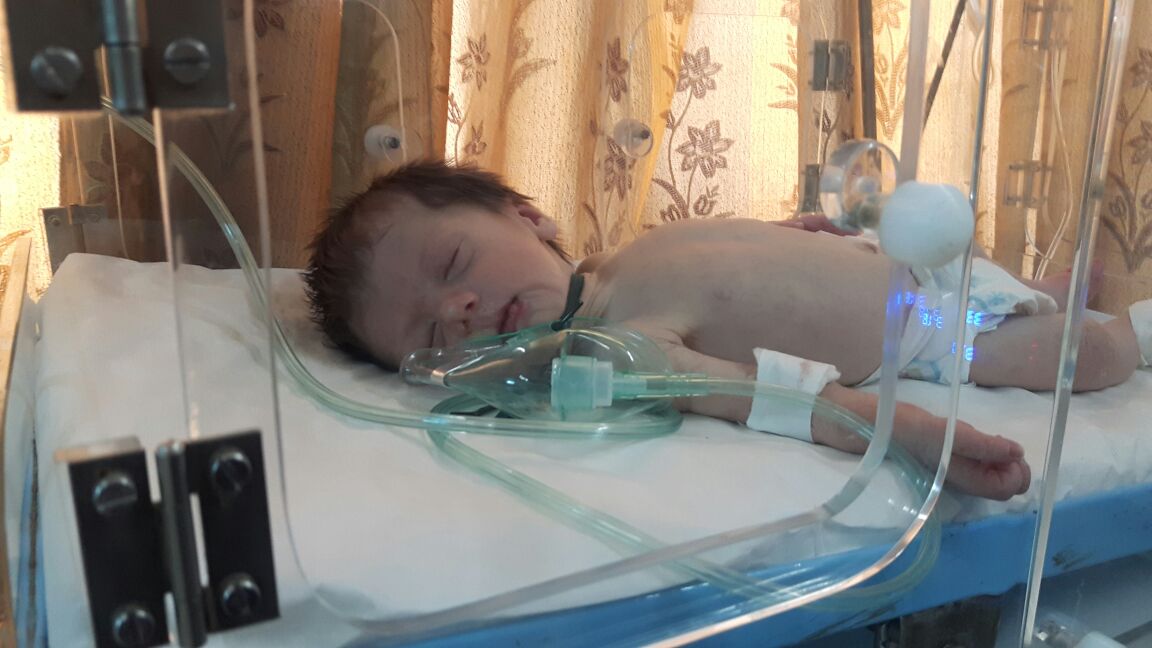 Syrian-American Medical Society - sams-usa.net
Syrian-American Medical Society - sams-usa.net
“Instead of providing resources to treat this 10-year-old child who was hit by a missile,” he argued, “we have to stop the missile before it hits them.”
But missiles and governments aren’t the only killers in Syria. “We had one hospital in Aleppo… that was attacked by ISIS thugs, and they came in actually to the ICU and killed one of the patients, who was a civilian,” Moughrabieh said. And in Idlib, the last major opposition bastion after the fall of Aleppo, an armed group “attacked one of our hospitals” and tried to take it over, he said, rebel in-fighting on the ground complementing the threat from above.
One irony, SAMS President Dr. Ahmad Tarakji told ATTN:, is that working in the same area as some of these hostile groups is enough to get one labeled as their ally. Indeed, that’s one of the major threats to humanitarian work these days.
“Anybody who is involved in humanitarian care could be labeled a terrorist,” he said. “The concept — the illusion — of protecting health care workers has been challenged in Syria, meaning you can be killed.”A child who makes it to a refugee camp in these conditions is one of the lucky ones.
“You have millions of children who are devastated,” Hamza, the neuropsychologist, told ATTN:, “and you have to ask, ‘Where is this going to lead?’” One thing is for sure, and it runs counter to the see-no-evil isolationism that, at least rhetorically, is now en vogue: “It’s going to impact the whole world.”
